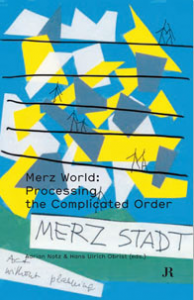 When visiting Zurich, Switzerland last week, I met Adrian Notz, the director of Cabaret Voltaire.
When visiting Zurich, Switzerland last week, I met Adrian Notz, the director of Cabaret Voltaire.
Cabaret Voltaire was founded 1911 by Hugo Ball und Emmy Hennings, Hans Arp, Tristan Tzara and Marcel Janco and became quickly the home of DADA. Today, the place hosts one of the few really nice little cafés in Zurich, a shop and most importantly, an exhibition and event space. Cabaret Voltaire produces a program that explores notions of contemporary DADA and I was impressed by the degree of well-ordered chaos and spontaneity that characterized the current show Al Dadaida: The Revolution to Smash Global Capitalism.
At the end of our meeting, Adrian gave me some gifts, items available at the shop, which I only took a closer look at when having returned to Berlin. Among them was a little book that I started reading immediately, since I found the title extremely promising –Merz World: Processing the complicated order. In it is an interview of Yona Friedman whose work I appreciate a lot and Hans-Ulrich Obrist. I was fascinated by Friedman’s perspective on Kurt Schwitters’ Merzbau–a work of art I was deeply impressed by already when I studied art history. Now that I am occupied with processes of art and design, this early fascination of mine makes total sense.
If permitted, I would just copy the whole interview and make it available completely. But you know how it is, and so I decided to make available a couple of quotes that i found most inspiring with regard to the work and conceptual basis of prozessagenten. In some instances it really comes close to a potential prozessagenten manifesto.
Yona Friedman:
What is most interesting for me in the Merzbau is what I would call a ‘Merz Principle.’ The Merz Principle means a random agglomeration of things that form a whole. I think this Merz Pinciple exists in everything. But first I have to clarify certain basic concepts:
Reality around us is not isolated facts, but rather processes. It is very important that is is not one part of the process that is interesting for us, but the process as a whole. The problem in particle physics is mathematical models. Mathematical models are absolutely perfect, except that they are unable to describe a process. They are conceived in order to get results. Now, in reality we are not really curious about the results except in engineering, for approximations, but we are interested in processes. A process can be described only and exclusively by its history, by a linear presentation. It means that we can have a different, less mathematical, and more precise presentation of the world around us by sequential description.(…)
The second term that I use differently to the term of ‘complexity’ is the term ‘complicated order.’ In complexity, extreme complexity, you have for example, a finite number of elements; where there is a direct relation between all of them, there will be only a finite complexity, a finite number of elements. In complicated order it is different. The complicated order is not a graph but a funny curve, which can go any way. Again: it is a one-dimensional relation, but for a finite number of elements I have infinite possible complicated orders. This is a very big difference. And what we meet is the complicated order.(…)
This complicated order is more far more general than we think. My dog is a very intelligent being. He lives in a world where he is not using mathematical formulas at all, but he completely understands the world and shows absolutely healthy reactions. What I want to say is that you cannot describe behavior by mathematical formulae, except as sequences.
The difficulty with the city, with architectural products, is that they are based on behavior. Without the behavior of the user they are not complete. The only thing that completes them is that they are used. A building that has no users is not a building. It is a ruin. This shows that in architectural cities the planners are supposed to do something to satisfy the complicated order of behavior. But this is impossible because (…) It is erratic. That means one step of somebody’s behavior does not give us the slightest information about what will be his next step. It can be anything.
Intelligence starts with improvisation an this is true in every field.(…) A good example is science: Newton and Einstein were improvisers. They had ideas born through improvisation. Only then was their work to find mathematical justification. So in this kind of work we improvise inside an erratic world and then, after that, we try to rationalize. And I think this is important as a principle because in classical architecture, in functionalist architecture, everywhere, it is first presented by the rational aspect. But it is in fact the rational aspect that should come afterwards.
First of all, it is an image–i don’t like the word ‘vision’–that creative people build. They build this image and they rationalize after. Very often the poverty of architecture is based on the fact hat we start with words, with theory, with the paper. We have to have the image in our head before putting it on paper.(…) In addition to this, again, the image is a continuous process. I am sure that Schwitters didn’t see in advance what he was going to do. It developed step by step. It was a sequence, and it is a pity that it couldn’t be recorded as a sequence. And I think, evidently, that the city is like this: it is a process, it is not a product. Architecture is this way. Science is also this way, and so on. And now another factor comes in: the process is emotional. It is not rational. We rationalize art. And it may be that I am not right.(…)There is no final state, it is a long, ongoing process. In this ongoing process everybody is participating, not only the architect.(…)
My personal experience is that the most one can do is trigger a process. The process goes its own way, but you have to start it.(…)
Also, I don’t talk about works of art, I talk about processes of art. We know that the public completes the work of art with its associations. I find it almost more reasonable that you make a work of art, and somebody adds something to it. From your point of view this might be an error of aesthetics. But it is not an error from the human point of view.
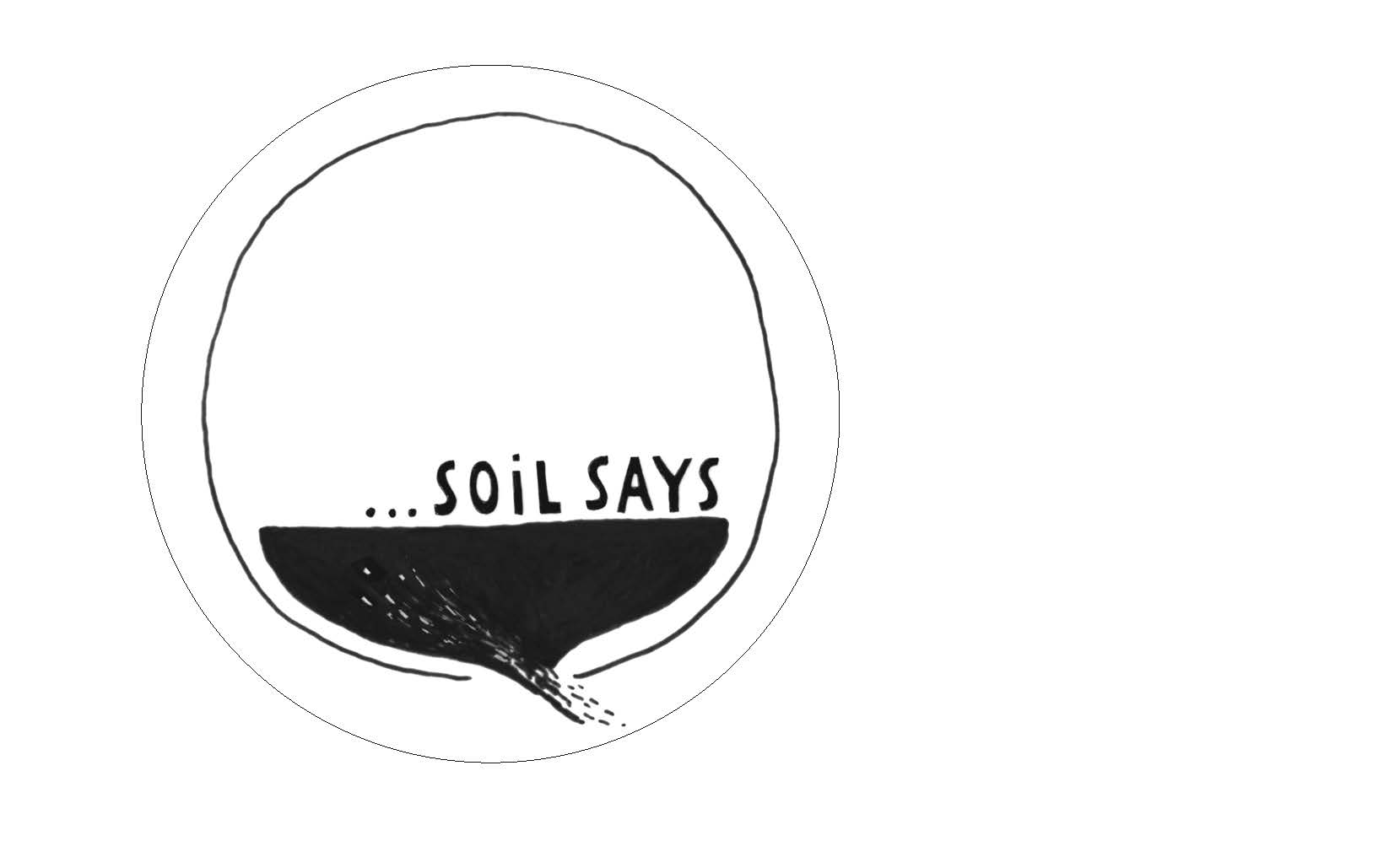
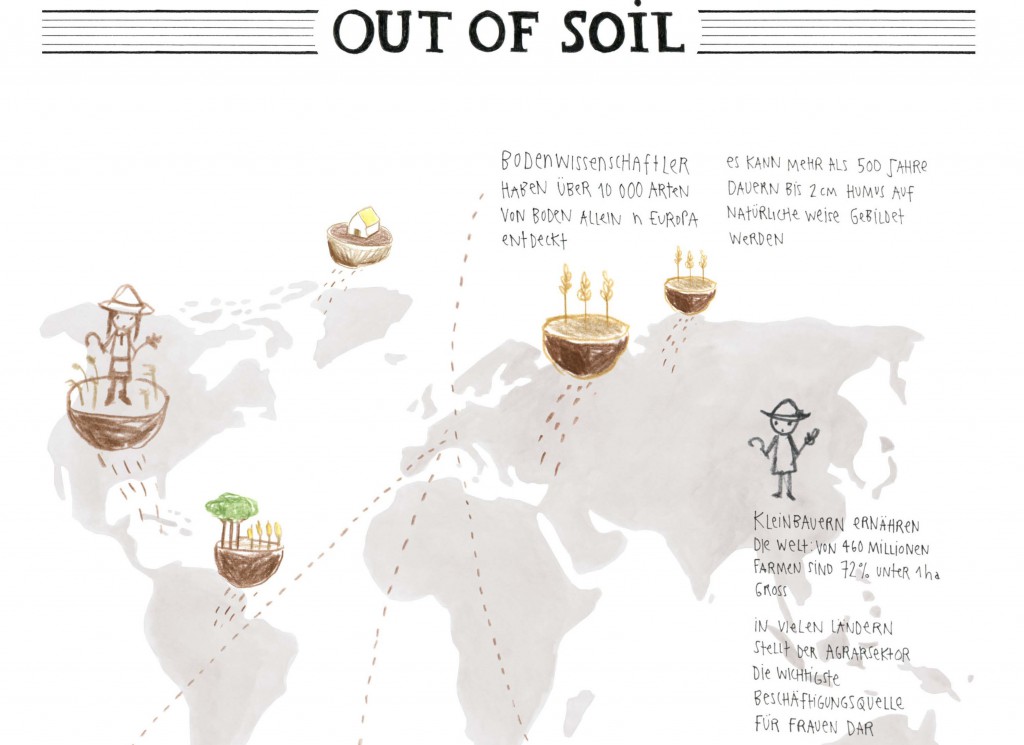
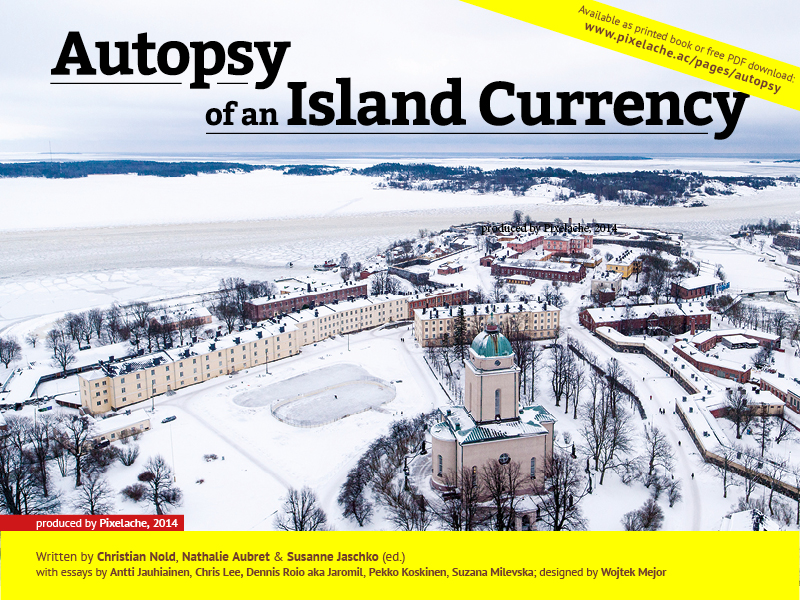

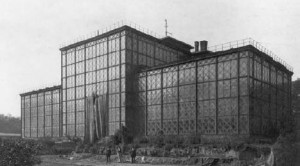
 Blog
Blog